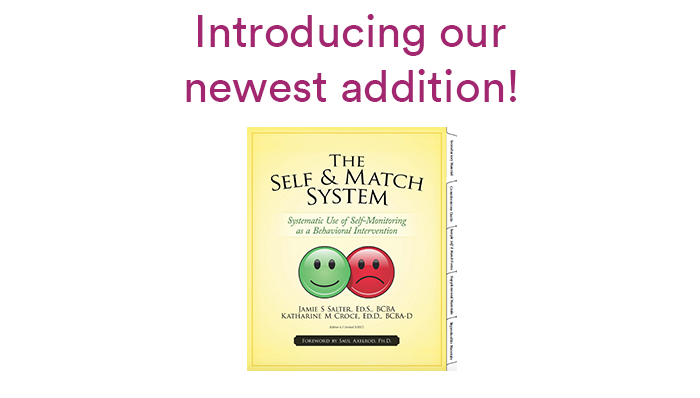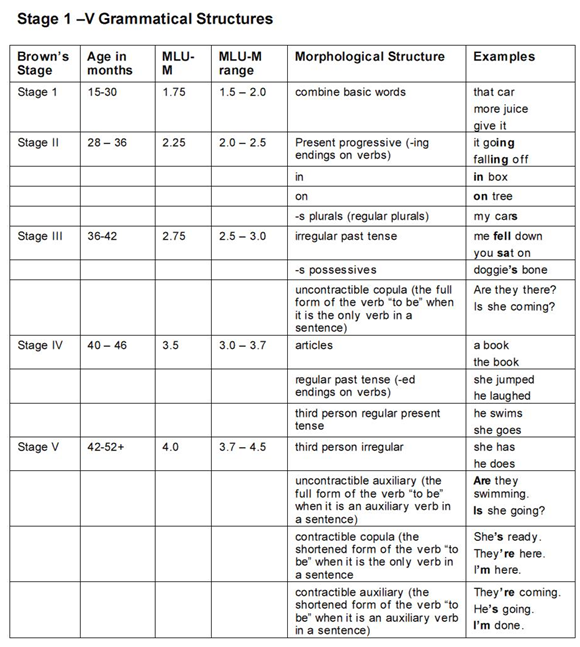ABA is Functional. Unique. Natural.
Here’s a great process to create a FUN ABA goal:
1. ABA goals are functional. This means goals are chosen because they are of importance to the child and the child’s ability to be a part of the community. That is, within the family, school, at the grocery store, etc.
Sam (not an actual client!) is doing really well with his preschool peers and the teachers are excited to move him up to Kindergarten. Our goal is to work on Kindergarten readiness skills: playing with toys in a functional manner, reading grade level words/letter sounds, and identifying numbers.
2. Each child is unique. The first thing we have to do is find the appropriate motivation. Children don’t fit into cookie cutter therapy programs. Every child is UNIQUE and will prefer different activities, experiences, foods, or toys. Identify a few of these highly preferred things your child enjoys.
Sam is pretty good at playing with a variety of toys, but ABSOLUTELY LOVES vehicles. In fact, this is the first thing he runs to during free play time and will sit for 15 minutes and play with airplanes and firetrucks. Sam will also consistently and quickly finish worksheets when told that he can play with vehicles after work.
3. Natural. A lot of people think that ABA only occurs at the table, but it actually occurs everywhere. ABA therapists may have to begin skill building at a table, but they will quickly work on generalizing skills to the natural environment. We want the child to be able to use all of that wonderful knowledge in all environments.
Time to piece it together! For Sam, we made a parking lot and filled in the parking spots with “targets.” Programs covered during his therapy time included:
– Receptive and Expressive identification of words and numbers (park the airplane in spot 11, what is parked in the spot that says “that”)
– Multiple step instructions (grap the red train, fill it up at the gas station, and park it in spot 20)
– Colors
– Block imitation from a model (Vehicles need gas to go! build a gas station pump that looks like mine!)
– Following instructions (Parking lots need stores! Go get the pile of blocks and build your favorite store)
– Receptive and Expressive Categories (where are the numbers/words/vehicles, what vehicle do you want?)
– Math, Counting (how many empty spots do we have left? How many more vehicles need spots?)
– Positional words (put the airplane on top of the store)
– Yes/no/not (is this a firetruck? find the airplane that is NOT yellow)
– Answering questions (the kids on this bus are hungry…where should they go?)
Remember: It’s important for children to play and have fun while they learn!
About The Author
Elizabeth Ginder, MSSW, BCBA, LBA is the Clinical Director of ABA Interventions, LLC. Elizabeth specializes in working with children ages 2 through early adulthood. She has experience working with children diagnosed with intellectual and developmental disabilities, as well as children with severe, challenging behaviors. Elizabeth also has a strong background in parent, teacher and staff training. Her focus is on verbal behavior, skill acquisition and teaching children how to have fun! You can find more information on ABA Interventions at their Facebook page or at www.aba-interventions.com.



 From
From 